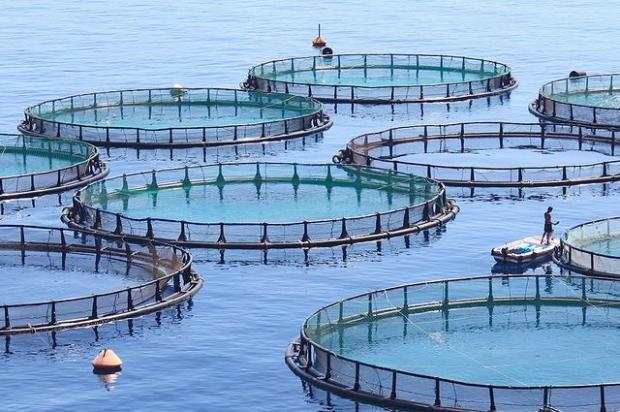
Breaking News
 Withdrawing the United States from International Organizations, Conventions, and Treaties...
Withdrawing the United States from International Organizations, Conventions, and Treaties...
 The Food Math Nobody Does (But Should)
The Food Math Nobody Does (But Should)
 Versatile Liquid Metal Composite Inks for Printable, Durable, and Ultra-Stretchable Electronics
Versatile Liquid Metal Composite Inks for Printable, Durable, and Ultra-Stretchable Electronics
 There is no need for me to write a post around the below illustrative video...
There is no need for me to write a post around the below illustrative video...
Top Tech News
 Kawasaki's four-legged robot-horse vehicle is going into production
Kawasaki's four-legged robot-horse vehicle is going into production
 The First Production All-Solid-State Battery Is Here, And It Promises 5-Minute Charging
The First Production All-Solid-State Battery Is Here, And It Promises 5-Minute Charging
 See inside the tech-topia cities billionaires are betting big on developing...
See inside the tech-topia cities billionaires are betting big on developing...
 Storage doesn't get much cheaper than this
Storage doesn't get much cheaper than this
 Laser weapons go mobile on US Army small vehicles
Laser weapons go mobile on US Army small vehicles
 EngineAI T800: Born to Disrupt! #EngineAI #robotics #newtechnology #newproduct
EngineAI T800: Born to Disrupt! #EngineAI #robotics #newtechnology #newproduct
 This Silicon Anode Breakthrough Could Mark A Turning Point For EV Batteries [Update]
This Silicon Anode Breakthrough Could Mark A Turning Point For EV Batteries [Update]
 Travel gadget promises to dry and iron your clothes – totally hands-free
Travel gadget promises to dry and iron your clothes – totally hands-free
 Perfect Aircrete, Kitchen Ingredients.
Perfect Aircrete, Kitchen Ingredients.
 Futuristic pixel-raising display lets you feel what's onscreen
Futuristic pixel-raising display lets you feel what's onscreen
Current aquaculture tech could provide 100 times current seafood consumption

However, as would be predicted by metabolic theory, many of the areas with the highest GPI were located in warm, tropical regions. The total potential production is considerable: if all areas designated as suitable in this analysis were developed (assuming no further economic, environmental or social constraints), they estimate that approximately 15 billion tonnes of finfish could be grown every year—over 100 times the current global seafood consumption.
Ocean aquaculture is already the fastest-growing food sector, but a lot of work remains to reach its vast potential. There are a few difficult barriers to overcome. In some countries, including the United States, a network of regulations makes it challenging to establish even a single farming operation, the researchers said. In other places, lack of regulation leads to environmental destruction — concentrated waste from poorly managed or designed operations can severely pollute waters and coastal areas.
Also, ocean aquaculture needs to compete in the marketplace and turn a profit, and farming in the open ocean is trickier than doing so close to shore, requiring extra investment. "It takes some engineering to be able to withstand waves and currents," Gentry said. "The offshore environment can be a pretty brutal place. Having strong infrastructure is taking some time to get going."



